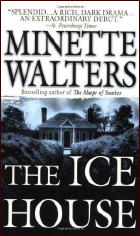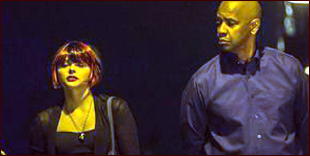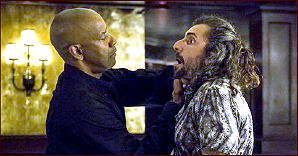Sun 29 Jan 2017
Reviewed by Barry Gardner: MINETTE WALTERS – The Ice-House.
Posted by Steve under Reviews[2] Comments
MINETTE WALTERS – The Ice-House. St. Martin’s, hardcover, 1992; paperback, 1993. First published in the UK by Macmillan, hardcover, 1992.

Minette Walters is an author new to me, and in 1992 at least, was new to everyone. I think her first novel is a most impressive debut.
Set in Hampshire, the story begins with the discovery of a badly decomposed (and partially eaten) body in an abandoned ice-house at Stretch Manor. The Manor is no stranger to trouble — ten years ago its sadistic master vanished, and though the police believed his wife to have murdered him, were unable to make a case. Since then, she and two schooldays chums have lived there, ostracized by the villagers and the subject of devoutly believed rumors ranging from lesbianism to witchcraft.
The police return to Stretch Manor in the person of Inspector Walsh, who investigated the original murder and still is convinced of the lady of the manor’s guilt, and Sergeant McLoughlin, a brooding Scot undergoing marital difficulties and a bout with the bottle. Questions: Is the body that of the missing husband, or someone else? Why have the three women locked themselves away in despised isolation for a decade?
This is an excellently written book with very few flaws, and one of the best first novels I’ve read in recent memory. The characterization was outstanding for both major and minor players, with only a character shift or two that didn’t quite ring true. The almost Gothic-seeming plot had several unexpected twists, and never strained my credulity to excess.
I don’t believe this has the makings of a series (though I’ve been wrong before), but you may be sure I’ll read Mrs. Walters’ next offering regardless. You should read this, and if you like it spread the word.
From Wikipedia: “Her first full-length novel, The Ice House, was published in 1992. It took two and a half years to write and was rejected by numerous publishing houses until Maria Rejt, Macmillan Publishers, bought it for £1250. Within four months, it had won the Crime Writers’ Association John Creasey award for best first novel and had been snapped up by 11 foreign publishers. With her next two books, The Sculptress and The Scold’s Bridle, Walters won the Mystery Writers of America Edgar Award and the CWA Gold Dagger respectively, giving her a unique treble. She was the first crime/thriller writer to win three major prizes with her first three books.”

